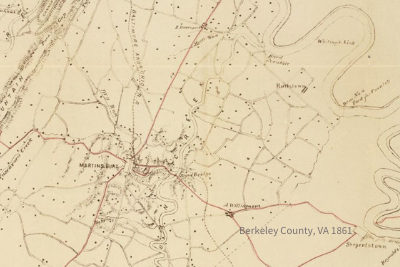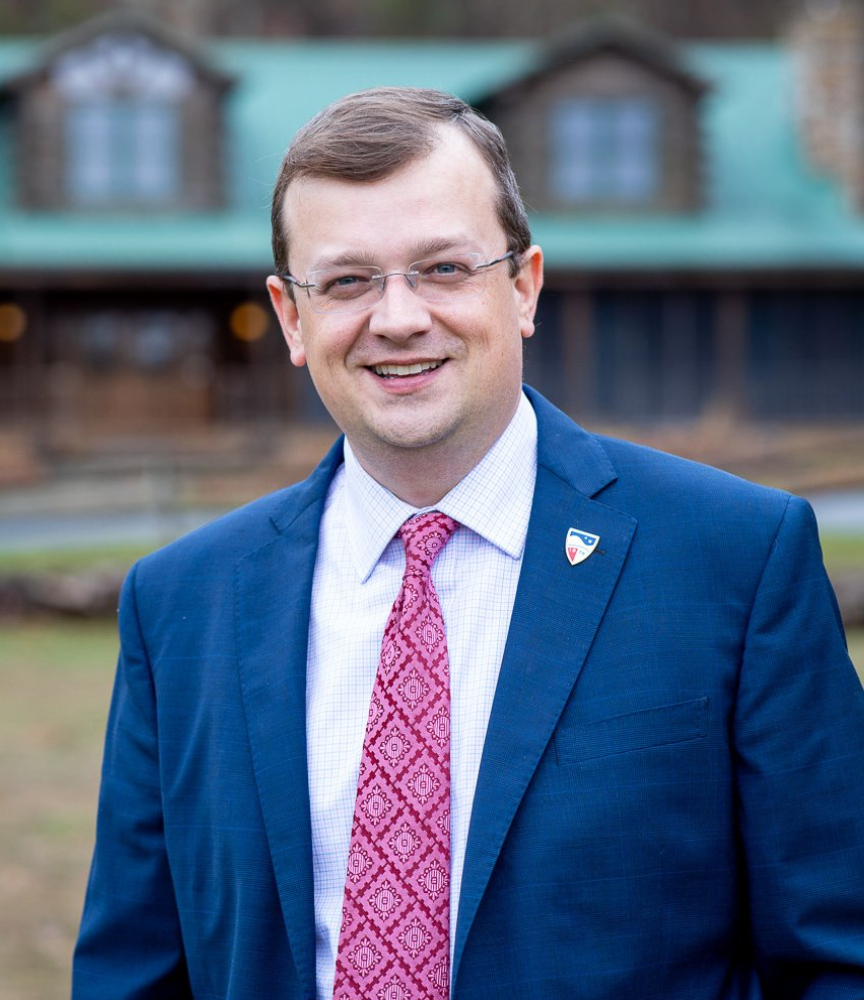“Little Massachusetts”: Northern Valley Unionists
Thursday, June 17, 2021, 7pm Zoom Webinar
While Unionist sentiment remained strong throughout the Shenandoah Valley as Virginia debated secession in late 1860 and early 1861, those pro-Unionist leanings waned significantly throughout much of the Valley following Virginia’s secession in the spring of 1861.
However, in Martinsburg and surrounding Berkeley County, Unionist sentiment remained stout. Unionist feeling remained so strong that it proved the one place in the oft-contested Shenandoah Valley that Union soldiers felt any level of comfort. Corporal Charles Lynch noted that comrades in his regiment, the 18th Connecticut Infantry, viewed Martinsburg as “our home town.”
Throughout the conflict, individuals such as Bridget Delaney and John Dalwick did all they could to support Union armies. Their efforts and those of other Unionists, which often risked life and property, prompted Union soldiers to conclude that the strength of Unionist sentiment in Martinsburg and Berkeley County was without parallel.


Presenter Jonathan A. Noyalas is director of Shenandoah University’s McCormick Civil War Institute and a professor in the history department at Shenandoah University in Winchester, Virginia. The recipient of numerous awards for his teaching and scholarship, Noyalas is the author or editor of fourteen books including most recently Slavery and Freedom in the Shenandoah Valley during the Civil War Era, a book in the University Press of Florida’s Southern Dissent Series.

Guest Host Jonathan M. Berkey is professor of history at Concord University, Athens, West Virginia. He has contributed scholarship on the Civil War’s impact on Shenandoah Valley civilians to several publications, including The Civil War and the Transformation of American Citizenship, edited by Paul Quigley, The Shenandoah Valley Campaign of 1862, edited by Gary Gallagher, and Enemies of the Country, edited by John Inscoe and Robert Kenzer. He is completing a study examining how civilians waged war in Virginia’s lower Shenandoah Valley.
